Tag Archives: essays
An Incomplete History of Elephants in Miami
Approximately one fifth of all elephants in North America are in the Sunshine State. A hundred out of 475.
African or Asian—a mix—and like many people and beasts, they mostly came south for the weather.
According to John Lehnhardt, Executive Director of the National Elephant Center (NEC) outside of Vero Beach, it is easier to keep the animals in a warmer locale because they do not have to be brought inside when the temperature approaches freezing. The elephants adjust because Florida more closely parallels their native tropical climates. And it doesn’t hurt that they have acquired a healthy taste for the Florida Valencia oranges that grow on the former citrus grove where the facility is located.
Utopia and the Golden Corral
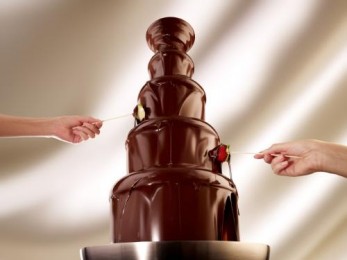
Florida drives always take longer than they are supposed to. We took the back roads to Venus from Miami and paid two hundred dollars for what Jacque Fresco refers to as a brain enema. At the end of the drive there were two guys from Toronto wearing yoga pants, a Pittsburgh pair, one with a furry beard, the other with fur boots, one milky white youngster from Copenhagen, and a statuesque couple with hardly identifiable accents. We were greeted by a man with a ponytail who opened a large gate that read The Venus Project. Suddenly, a compound of dome-homes (perfect for withstanding hurricanes), lush non-native greenery, hungry raccoons, and one sleepy alligator surrounded us as we made awkward introductions.
Living, Together: Architectural Cohabitation
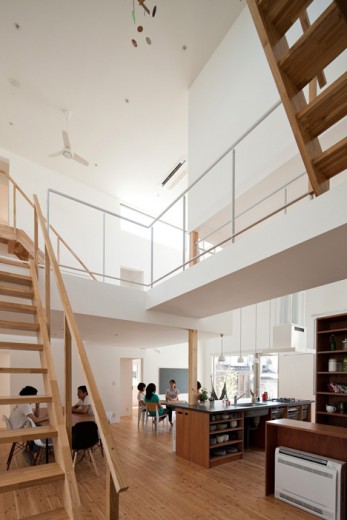
Reflecting television’s ability to both mirror and influence America’s middle class, in 1957 Lucy and Ricky Ricardo moved from Manhattan, where they had lived since 1951, to the suburbs. Rob and Laurie Petrie arrived in 1961, Samantha and Darren Stevens in 1964, Michael and Carol Brady in 1969. Helen and Morty Seinfeld moved there in 1989, but its unlikely their son Jerry or his pals are leaving the city anytime soon.
Life on the Porch of the Cardozo Hotel
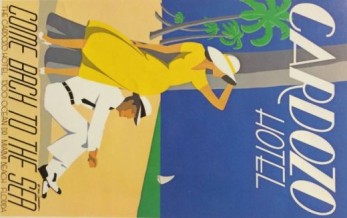
For all its regular crowd of artists and writers and creative hangers-on, the porch still isn’t Soho, or Greenwich Village, or even Coconut Grove. But it isn’t Hialeah, either.
Our Beloved Shithole: A Eulogy for Churchill’s Pub
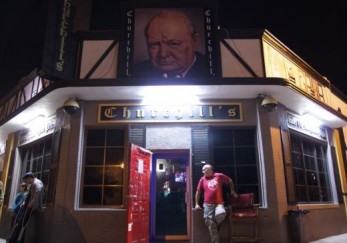
If museums are places where art goes to die, then Churchill’s is the place where art goes to get sloppy drunk, make a loud, hostile scene, and end up akimbo under a table, staring into its dark, gum-ridden underside. Then die.
Class and Press in the New Miami
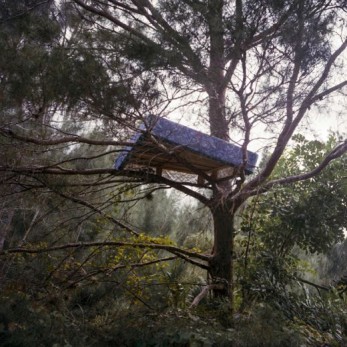
Of course nothing could be more out of fashion these days than considering the class perspective that a piece of writing may embody. It’s like flipping open a Razr in the Apple store. Dissecting an article to see whose interests it upholds gives off a whiff of a stodgy old exercise that has been exhausted and has undergone the terrible fate of becoming an academic practice, dead and dry and slightly embarrassing. And it’s taken to be this, when it is lucky enough to not just come off as the pure resentment of entrenched lefties—defeated curmudgeons always suspicious of everything anyway.
Better Homemaking: Los Angeles and Miami
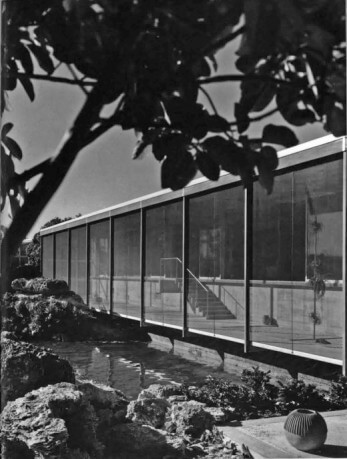
Miami and Los Angeles were both self-invented in the sense that today they would, respectively, be a swamp and a desert without the benefits of major hydrological engineering. Both live under the shadow of cataclysmic events—hurricanes and earthquakes. Even so, their generally benign climates have historically outweighed the threat of natural disaster for generations of newcomers. Particularly for people from the northern sectors of Europe and the Americas, life in Miami and in Los Angeles evokes images of paradise. Perhaps an even greater attraction for migration, both cities offered new lifestyles and fresh chances. They were places to start over.
Hong Kong Garden
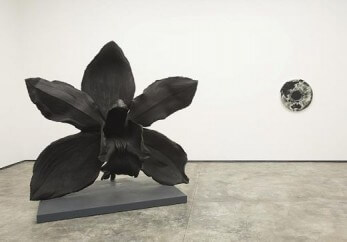
A cosmopolitan city at the tip of a continent, Hong Kong has long been a cultural center. And while the contemporary art scene there is by no means new, Art Basel’s recent takeover of the Art HK fair has cast the city once again into the global eye. Writer and curator Sarah Sulistio visited the city this winter.
Flush Times: Marquee Magazine and Miami of the ‘80s

In 1980, Leonard Abess started Marquee magazine on Miami Beach because, on his own admission, he “wasn’t really doing anything.” A friend of his, named Bill Bucola, had inked an agreement with many of the local arts organizations to merge their newsletter. The main ingredients of an artistic-city stew were all in place and yearning for collective growth—the ballet, the symphony, the opera, the playhouse. Some are even still named the same today.
Gold and Ice Cream: Two Paths for Colombian Contemporary Art
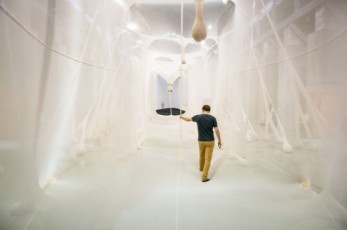
When you visit Bogotá, they tell you to go to the Gold Museum. They tell you to go to the Botero Museum, which is around the corner and shares a courtyard with the Museo del Banco de la República. They tell you to take the funicular up to the church on Monserrate, but you mustn’t move too quickly, because the city itself is 8,661 feet above sea level; in the mountains it’s over 10,000. Yes, many suffer from altitude sickness, which shares its symptoms with the flu, carbon monoxide poisoning, or hangover. While you’re here, you need to drink aguardiente, you need to eat chicharrón, have you visited the Gold Museum? Oh, and don’t get into a cab, or you’ll be kidnapped.
